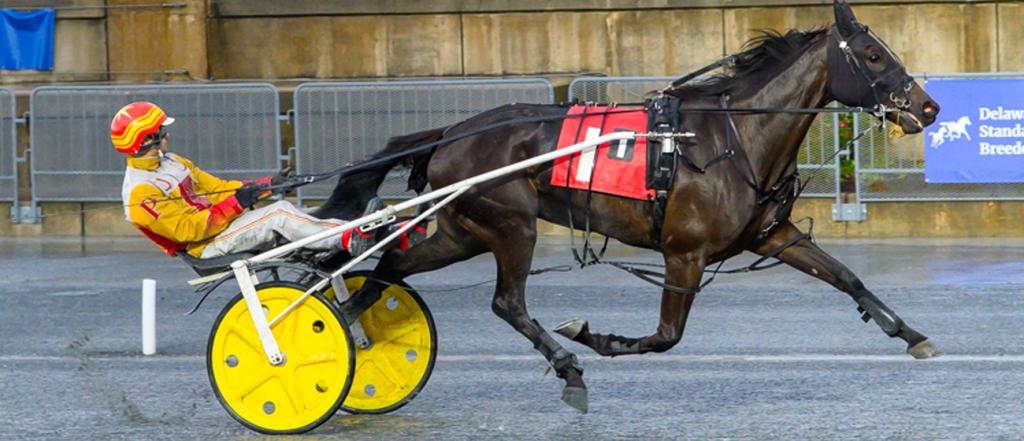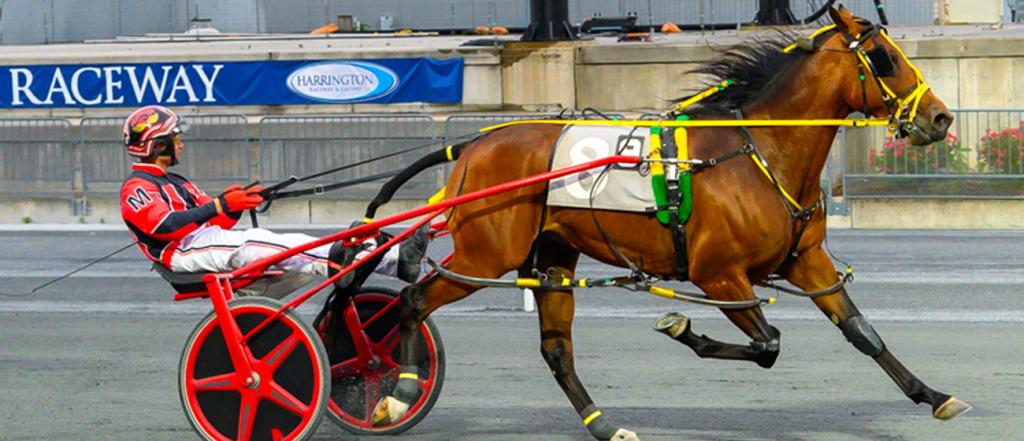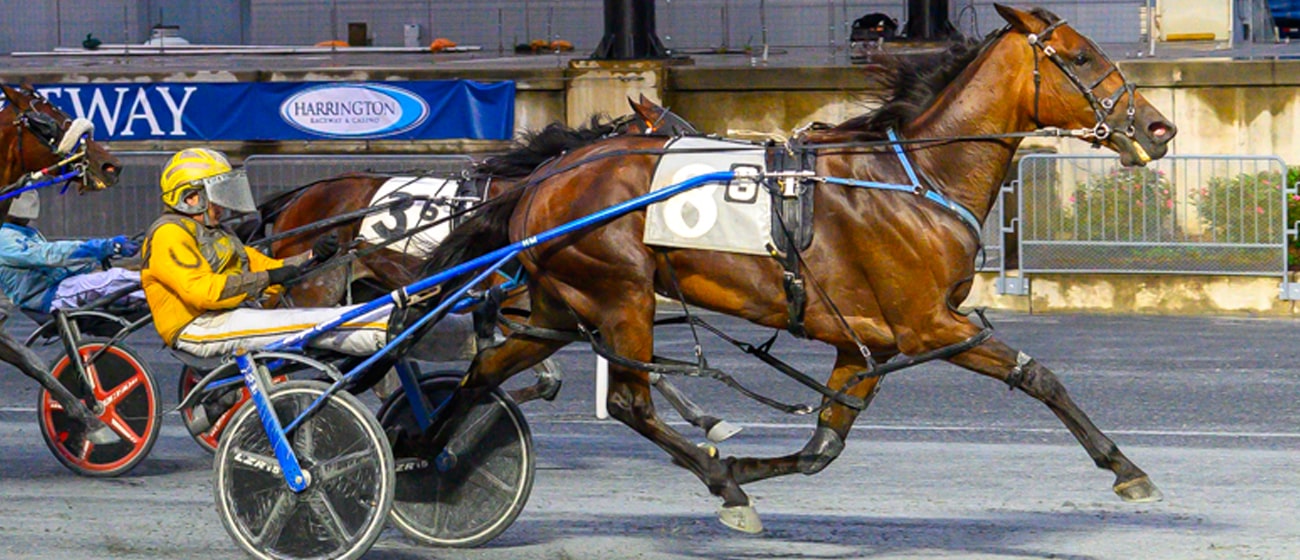The History of Horse Racing: From Ancient Beginnings to Modern Sport
Horse racing is one of the oldest and most enduring sports in the world, with a history that spans over 6,000 years. As a performance activity typically involving speed, skill, and competition, horse racing showcases the abilities of both horse and rider.
From its origins among nomadic tribes in Central Asia to the high-profile races held today, horse racing has evolved into a global industry worth over $115 billion. Over time, various types of horse racing have developed, including flat racing, jump racing, harness racing, and endurance racing, each with its own unique characteristics and traditions.
This rich history reflects humanity’s long-standing partnership with horses, blending tradition, competition, and innovation. Horse races vary widely in format, distance, and tradition across different cultures, making the sport diverse and dynamic. Learn more about the history of horse racing with the team at Harrington Raceway & Casino.

Early Origins and Ancient Civilizations
The earliest forms of horse racing date back to around 4500 BC, when prehistoric nomadic tribes first began competing with their horses. These early contests were more than entertainment; they tested the speed, stamina, and skill of both horse and rider—qualities essential for survival in challenging environments.
Ancient civilizations such as Greece and Rome elevated horse racing to public spectacles. The Olympic Games in Greece (700–40 BC) featured both chariot and mounted horse races, showcasing speed and endurance. Mounted horse racing events were a key part of these early competitions, reflecting the importance of equestrian skills in ancient societies. Horses are sometimes raced in both traditional and competitive contexts, highlighting their enduring role in cultural and sporting life. Some early events were raced purely for sport, emphasizing the enjoyment, tradition, and skill involved rather than commercial gain. These events drew large crowds and became important social and cultural occasions. The Romans expanded on this tradition by constructing massive circuses and hippodromes, where multi-hitch chariot races were hugely popular. Successful charioteers became celebrities, and the sport played a significant role in Roman entertainment and politics.
Horse racing traditions also spread to Persia, Arabia, China, and North Africa, where the sport was integrated into military training and social life. The cross-breeding of horses in these regions contributed to the development of key bloodlines that would later influence modern race horses. Over time, horse racing evolved from practical contests of skill and endurance into organized sporting events with established rules and traditions.
The Birth of Thoroughbred Horse Racing in England
Modern horse racing began to take shape in England between the 16th and 18th centuries. Royal patronage played a crucial role in this development. King Henry VIII imported horses from Italy and Spain, likely including Barb bloodlines, to improve local stock for speed and stamina. Later, King Charles II’s enthusiasm for the sport helped establish Newmarket as the center of English racing. He introduced the King’s Plates, formal races with standardized rules, elevating horse racing to a respected sport among the aristocracy. The importance of having a set course or distance and a set distance for competition became central to these events. The basic premise to identify the fastest horse over a set course or distance became a defining feature of the sport.
Queen Anne’s founding of Ascot Racecourse in 1711 further promoted public racing and gambling, shifting the sport from private matches to organized events for wider audiences. The tradition to bet on horse racing became deeply rooted during this period. The most transformative moment in English horse racing history was the importation of three Arabian stallions: the Byerley Turk, Darley Arabian, and Godolphin Arabian. These stallions, bred with native mares, created the thoroughbred breed, known for its speed, endurance, and agility. The emergence of thoroughbred horse racing established elite forms of the sport, with flat races becoming one of the most common and prestigious types of competition, especially in the United Kingdom and France. Flat races are run on level tracks, and variations include restricting races based on age, sex, or previous performance. Restricting races to particular breeds or categories also became common practice, further shaping the structure of the sport.
Today, nearly every thoroughbred racehorse can trace its lineage back to these foundation sires. The publication of the General Stud Book in 1791 by James Weatherby standardized thoroughbred pedigrees, professionalizing breeding practices. The establishment of the Jockey Club provided governance, ensuring fair competition and rule enforcement that shaped the modern sport. The first racing club was established to govern and standardize the sport. The rise of flat races and the way flat races are run on level tracks marked a significant development, while racing on the flat became the dominant form of competition. The creation of major races, including the most prestigious races in England and France, such as the Derby and the Grand National, further elevated the sport. Racing in Great Britain and Ireland played a crucial role in the development of jump racing, also known as National Hunt racing, which remains a distinctive feature of the region.
Efforts toward standardizing international thoroughbred horseracing have been led by organizations like the International Federation of Horseracing Authorities. However, despite these efforts, no official world championship exists for horse racing.
Horse Racing’s Evolution: From Match Races to Public Spectacles
In the early days, horse races were often match events between two or three horses, with owners arranging terms and purses. These matches required trust and transparency, maintained by “keepers of the match book” who recorded agreements. Over time, public demand for entertainment and the growth of gambling led to larger races with multiple competitors. Horse races vary widely in format, distance, and rules, reflecting the diversity of traditions and countries where the sport developed.
By the mid-18th century, races evolved into open-field competitions with eligibility rules based on age, sex, and previous performance. The types of horse racing expanded as the sport evolved, including flat racing, jump racing, harness racing, and endurance racing. Eligibility rules often included restricting races to particular categories or breeds, further diversifying the sport. The shift from “heat racing,” where horses ran multiple long-distance rounds, to single-heat “dash” races made events faster and more exciting for spectators. This change also influenced breeding priorities, favoring speed over stamina.
The formalization of rules, racecourses, and record-keeping transformed horse racing into a regulated sport accessible to a broad audience, laying the foundation for its commercial success. In many races, horses are assigned different weights to carry to reflect differences in ability and create fairer competition, a process known as handicapping. These weights are carried to reflect differences among horses and ensure a more level playing field.
The Rise of Horse Racing in America
Horse racing was introduced to America in the early 1600s by British colonists, who brought their equestrian traditions to the New World. The first organized racecourse appeared in New York in 1665, modeled after England’s Newmarket. The development of the race track in American racing history marked a significant milestone, with these venues becoming important landmarks for the sport's growth and popularity. Early American racing emphasized stamina and endurance, with long-distance “heat racing” continuing well into the 19th century.
The emergence of quarter-mile sprints in rural areas led to the development of quarter horse racing, a uniquely American tradition focused on explosive speed over short distances. The importation of the stallion Janus in 1752, a grandson of the Godolphin Arabian, was instrumental in shaping the American Quarter Horse breed. The Appendix Quarter Horse, a cross between a Thoroughbred and a registered Quarter Horse, is also eligible to race alongside purebred Quarter Horses, reflecting the breed registry's inclusive approach.
The tradition of the American horse race is deeply rooted in the nation’s culture, with legendary events and venues shaping the industry. Racing in the United States developed unique characteristics, including a focus on both sprint and distance races, and the establishment of iconic race tracks across the country.
The Kentucky Derby, first run in 1875 at Churchill Downs, quickly became America’s premier horse race and a cornerstone of the Triple Crown series, alongside the Preakness Stakes and Belmont Stakes. These major races often feature foreign horses and horses bred in New Zealand, highlighting the international appeal and competitive diversity of American racing. The establishment of the American Jockey Club in 1894 centralized governance, regulating breeding and racing standards nationwide.
Types of Horse Racing, Specialized Breeds, and Technological Innovations
The 19th and 20th centuries saw the rise of specialized breeds tailored to different types of racing. The Standardbred, bred for harness racing and trotting, was formalized with the Trotting Horse Register in 1867, defining performance standards. The American Quarter Horse gained official recognition in 1940, reflecting the popularity of short-distance sprint racing. Horse breeds and muscle structure play a crucial role in determining performance, as different breeds possess unique muscle fiber types that influence speed, stamina, and conditioning needs. Considering breeds and muscle structure is essential when developing training and conditioning programs to optimize performance and prevent injuries.
The rise of endurance horse racing introduced long-distance competitions that test a horse’s stamina and resilience, with events often spanning 40 to 250 miles over several days. Arabian horse racing became prominent in this context, as the Arabian breed—originally developed for long-distance stamina—now dominates endurance events governed by international racing bodies.
Technological advances enhanced both performance and safety. The introduction of pneumatic tires for sulkies in 1892 improved harness racing speeds and safety. Electronic timing and photo finish cameras, developed in the early 20th century, increased accuracy and fairness in race results. Veterinary advances, including thermal imaging and MRIs, today help detect injuries early, protecting horses’ health.
Night racing, introduced in the mid-20th century, expanded accessibility, allowing working fans to attend races after hours. Internationally, iconic races like Australia’s Melbourne Cup, France’s Prix de l’Arc de Triomphe, and Japan’s Japan Cup elevated horse racing’s global profile.

The Modern Era: Technology, Safety, Globalization, and Horse Racing by Continent
Today’s horse racing industry blends tradition with modern technology. Digital platforms enable fans worldwide to watch live races and place bets from anywhere, expanding the sport’s reach. Betting on horse racing has a rich history, and today’s digital platforms have revolutionized how wagers are placed, making betting more accessible and regulated across regions. Advanced health monitoring and improved track surfaces enhance safety for horses and jockeys, addressing public concerns about animal welfare.
International cooperation among racing authorities standardizes rules and facilitates global competition. The Hong Kong Jockey Club exemplifies professional race management, hosting world-class events and contributing significant tax revenue. Major races such as the Kentucky Derby, Royal Ascot, Melbourne Cup, Prix de l'Arc de Triomphe, and the Dubai World Cup—renowned for its record-breaking purse—are among the most prestigious races on the global calendar, drawing international attention and serving as cultural and economic pillars of the sport. Prestigious races like these highlight the sport’s tradition and global appeal. The Champ de Mars in Port Louis, Mauritius, stands as the oldest racecourse in the Southern Hemisphere and is a historic icon in horse racing culture.
As horse racing has globalized, the sport has developed unique characteristics and traditions around the sport in different regions, with horse racing by continent reflecting diverse histories, governing bodies, and major events. Despite challenges such as declining attendance in some markets and ethical concerns, horse racing remains a vibrant sport. Efforts to improve safety, promote responsible betting, and embrace innovation aim to secure its future.
Bet On Horse Racing
Whether you’re enjoying races at Harrington Raceway & Casino or following major international events, you are part of a timeless tradition. Horse racing’s history is a story of speed, skill, and the enduring bond between humans and horses. From ancient chariot races to today’s high-tech competitions, the sport continues to captivate fans worldwide, blending heritage with progress for generations to come. Visit Harrington Raceway & Casino to try your hand at horse betting and enjoy a weekend full of fun!

